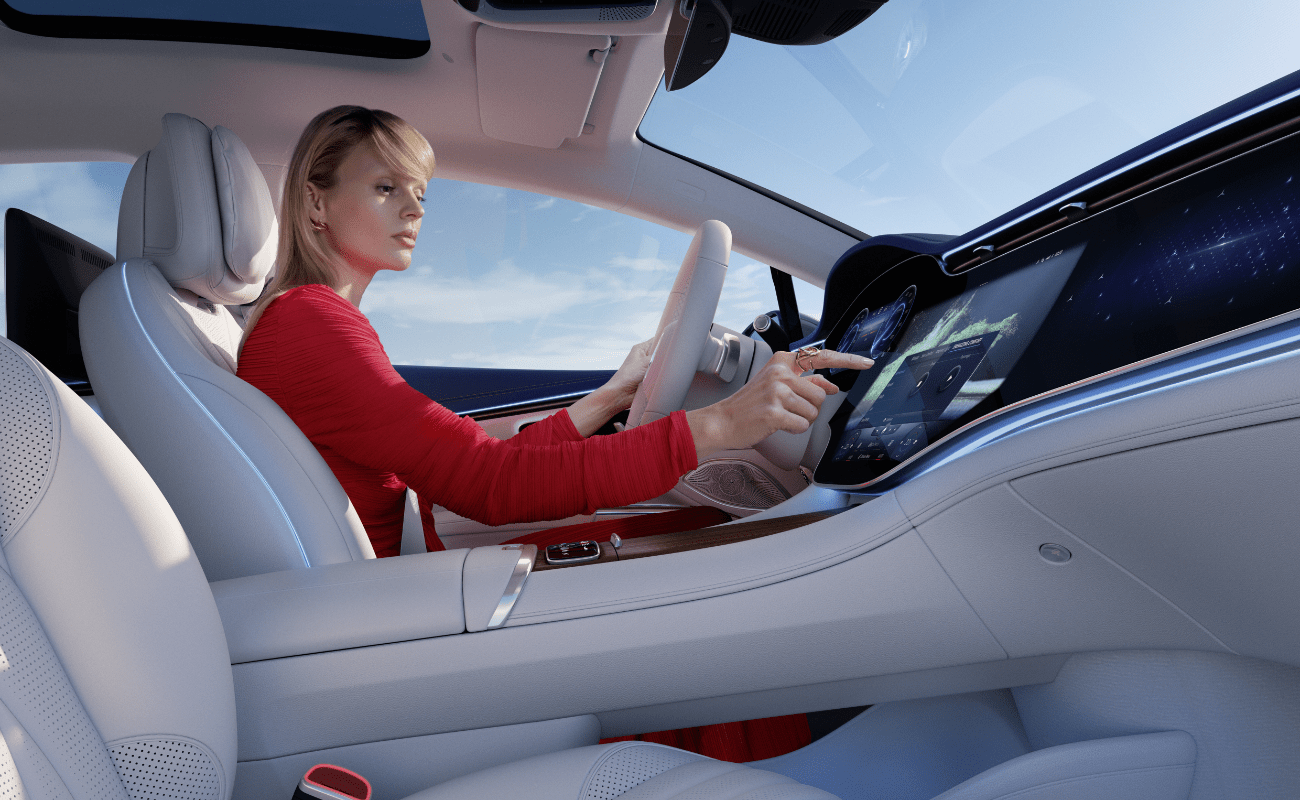Telematics in auto insurance: today and tomorrow
By Zy-Ralene du Crest, Insurance Product Manager
An important moment for telematics.
Telematics in auto insurance is poised to revolutionize how we drive safely. Drivers who opt into incentives based on telematic tracking of their driving behavior drive better. And yet, consumer trust is still iffy – although openness to telematic tracking is stronger for younger generations. How can telematics operators play their cards right to gain consumer trust, and what do we all – OEMs, insurance providers, and drivers – stand to gain?
Telematics today.
Telematics isn’t a totally new technology but what data is collected and how it is analyzed is constantly evolving. We analyze patterns using this data to classify the drivers among the good and the bad ones, and of course, to use this to assess their driving behavior.
Data points usually collected include acceleration, vehicle speed, harsh braking, mileage, the vehicle’s location, and fuel or energy consumption. This information is often leveraged using other contextual information: the average speed or speed limit on a highway compared to the individual vehicle speed. Traffic density is another point we’re interested in that is not collected from an individual vehicle but from external sources. With a certain density of traffic, of course, the expected pace of each vehicle will also depend on this traffic density. Another external data point is the time of day, because driving behavior differs if it’s night or day.
Among the most interesting vehicle data points that could be integrated into telematics is ADAS technology. The Advanced Driver Assistance System enables both the driver to take action or the car to take action by engaging in emergency braking or collision warning. We also have these security controls or cameras that are integrated in the vehicle that enable us to quantify the vehicle’s level of security. By connecting these features with telematics, it would be possible to have an even clearer assessment of a driver’s risk.
To sum up: telematics is revolutionary, but combining it or using other types of data that we also may acquire can lead to a clearer insight, which we could use on a better risk assessment in terms of insurance.
How telematics impacts insurance pricing.
Insurance pricing in the past was pretty much based solely on historical data. In the past, insurance companies needed to know about the policyholder, the vehicle, and their past driving record. Telematics right now enables us to actually gather the data in a more frequent way, which lets us refine a technique insurance companies have been offering for years: safe driver benefits.
With the help of telematics, insurance companies can assess risk in real-time, and reward drivers who drive safely, giving them a high safety score. The more good drivers insurance companies have in their portfolio, the less risk they have. As the market stands, insurance companies are more likely to reward drivers with good scores than to penalize drivers with bad scores. But it’s not guaranteed that there will be no penalties for a poor telematics score: Tesla is considering it.
Are consumers ready to be penalized for driving poorly?
To encourage the adoption of telematics, some insurers offer welcome discounts to attract drivers. But some drivers are hesitant about telematics because telematics is actually sharing and transmitting data that is intrinsically personal. They ask questions like, “why should you monitor my driving? Why should I sacrifice my own data for this type of assessment?” Promoting this new technology while penalizing people would probably give us the inverse result, unless brand loyalty was really very strong. And when it comes to insurance, it often isn’t.
Who benefits and how?
Insurance companies benefit from a more individualized assessment of risk. By incentivizing safe driving, more historically safe drivers will be attracted to a specific insurer. Having telematics on hand actually is like a safeguard to the insurance to just have the good risk in their portfolio.
OEMs possess this telematics data, which they can leverage to generate additional benefits and profits. Telematics also opens opportunities for other business synergies yet unexploited, not only for insurance but also for some services that come along with it.
And the driver? There is a real possibility of improvement in quality of life. If a driver is driving safely on the roads, there are fewer accidents and less risk for everyone.
Questions to consider:
But what I see is that before telematics comes to its full potential, we still have lots of constraints and challenges that we are facing right now.
Possibility of discrimination:
For instance, there are some people who cannot afford to buy a very secure vehicle or telematics-enabled vehicle. Does it mean that they won’t have this chance to be rewarded with policy incentives, since their insurance provider will not have the same data points on their driving?
And autonomous vehicles?
Right now we’re talking about telematics, which monitors the driver. Tomorrow, in AI vehicles, there won’t be a sole driver, but rather the vehicle itself. So how telematics will be applied and how the risk assessment will change into another beast; how do you calculate pricing when mixing the human factor monitored by telematics, but the driving is actually automated? The vehicle doesn’t pay a premium.
A guide to navigating telematics: Movinx
At Movinx, our insurance experts are on the cutting edge of all things telematics. We collaborate directly with OEMs and insurance providers to leverage the potential of telematics for both. Together, we’re working on building a world where drivers never have to think about their insurance. Find out more about how we’re leading the way on our website.
Related Posts
10 predictions for car insurance in the next 10 years
The car insurance industry is facing probably the largest disruptions of the last decades, due to the increasing availability of data and the imminent mass-adoption of AI. Our team of experts in insurance and tech, combined with our footprint across the US and Europe, has provided us with core audience insights on this and emerging trends. This is what our 10
At the wheel in real time
Because more and more data can be collected individually and in real time, insurers are facing major changes. The greatest opportunities will open up in the near future for car insurers, but providers must know how to use them.
The tipping point: Are automotive OEM’s finally taking the wheel on insurance?
Automotive OEM insurance has recently evolved. Despite challenges around price competition across diverse customer groups – and simultaneously across US 50 states – OEMs have been working through a range of models to merge the two sectors (insurance and automotive), with an aim to make insurance part of the car purchase journey. This analysis describes thre
Movinx CEO Q&A: embedded, global mobility insurance
Digital Insurance received responses via email from Dr. Caro Gabor, CEO of Movinx, a joint venture between Swiss Re and Mercedes-Benz.





